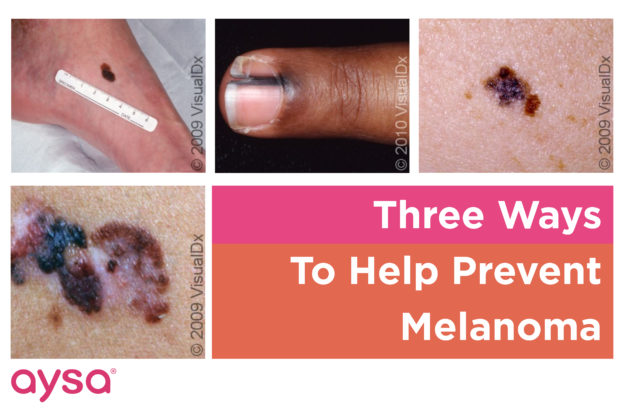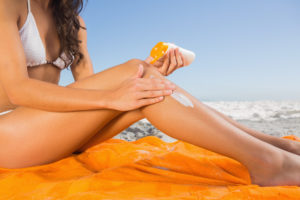
Your 30s are a great time to start getting serious about a dedicated skin care routine. You’re still pretty young and have plenty of time to repair any past damage and protect your complexion.
To help you craft the ideal skin care routine in your 30s, Shop TODAY consulted top dermatologists to get their take on what products you should stock up on immediately. Now you just have to make some room in your beauty cabinet!
Serum/Retinol
2. Olay Regenerist Retinol 24 Night Facial Serum
Retinol is a powerful ingredient that can help reduce fine lines, smooth out acne scars and shrink pores. This lightweight serum offers impressive hydration and anti-aging benefits with its vitamin B3 and Retinol Complex. Just remember to only apply it at night since retinol might make skin more sensitive to sunlight, and use it sparingly.
“Follow the instructions. More is not better, more is just more irritation! Even in a moisturizing cream form, you may find you need to add lotion afterward. You can use your gentle moisturizing lotion after your retinol,” said Azeen Sadeghian, a dermatologist advisor for AI-powered skin symptom checker app Aysa.
Click here for the full list of skincare recommendations.
TODAY Show story by Chrissy Callahan (AUGUST 12, 2020)

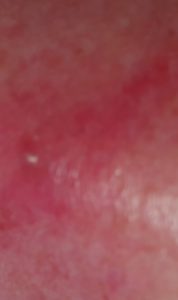
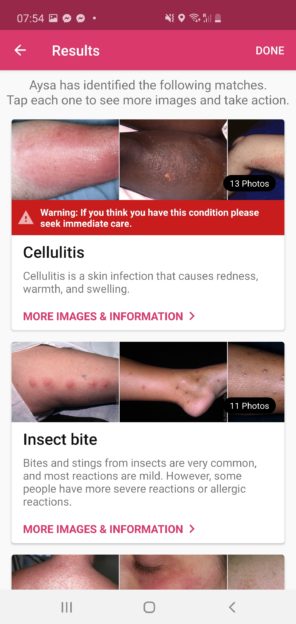
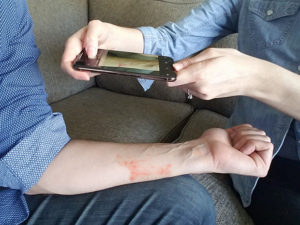
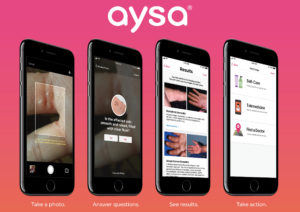
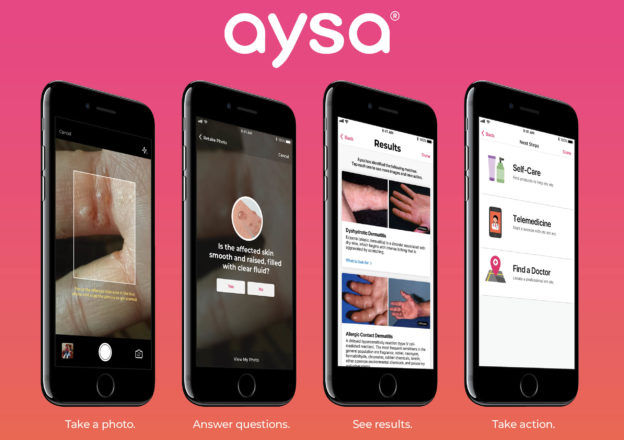



 MAY 1, 2019
MAY 1, 2019 MAY 4, 2019
MAY 4, 2019